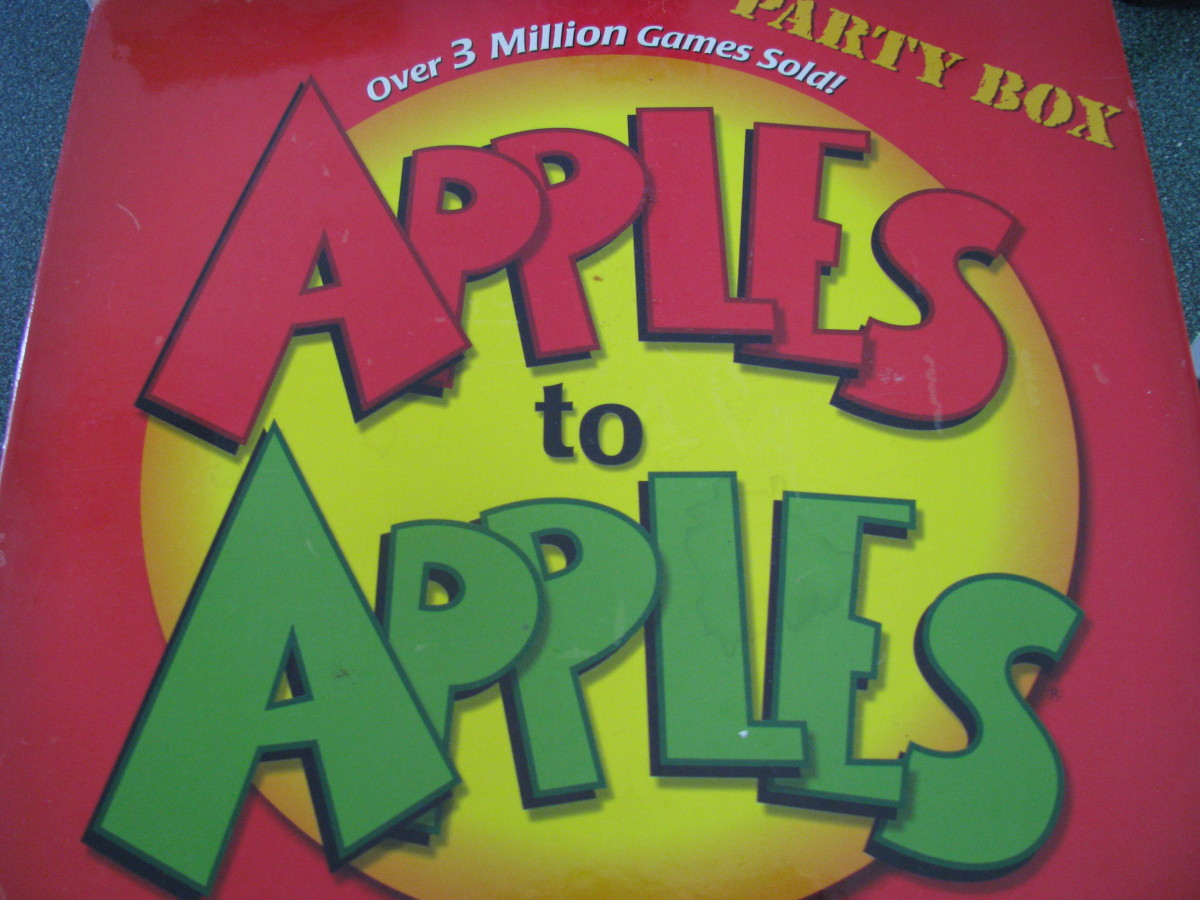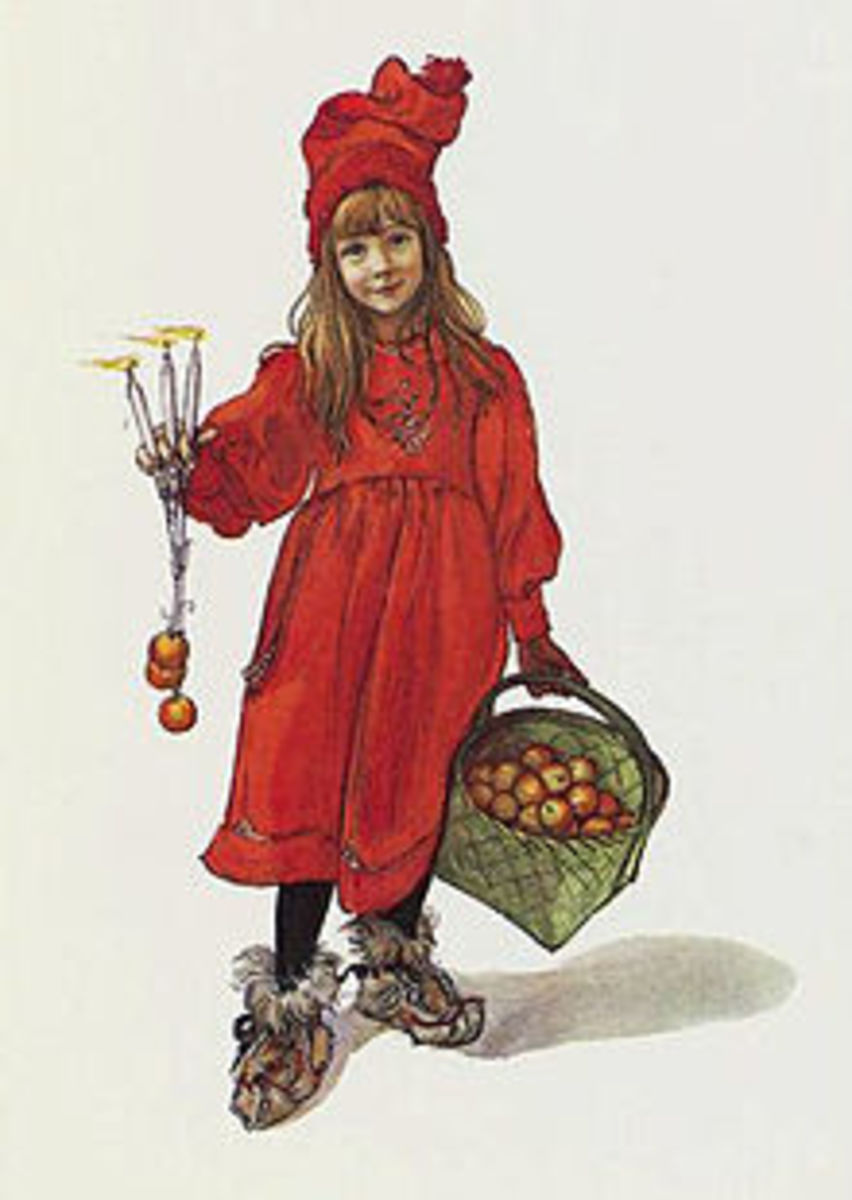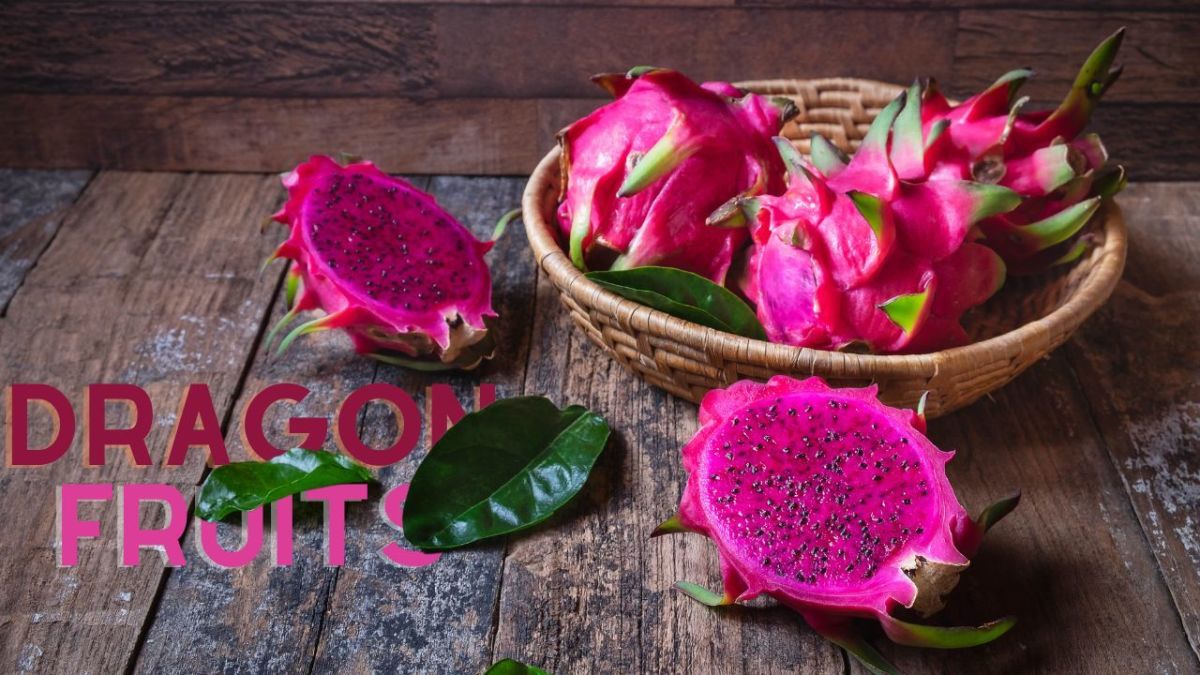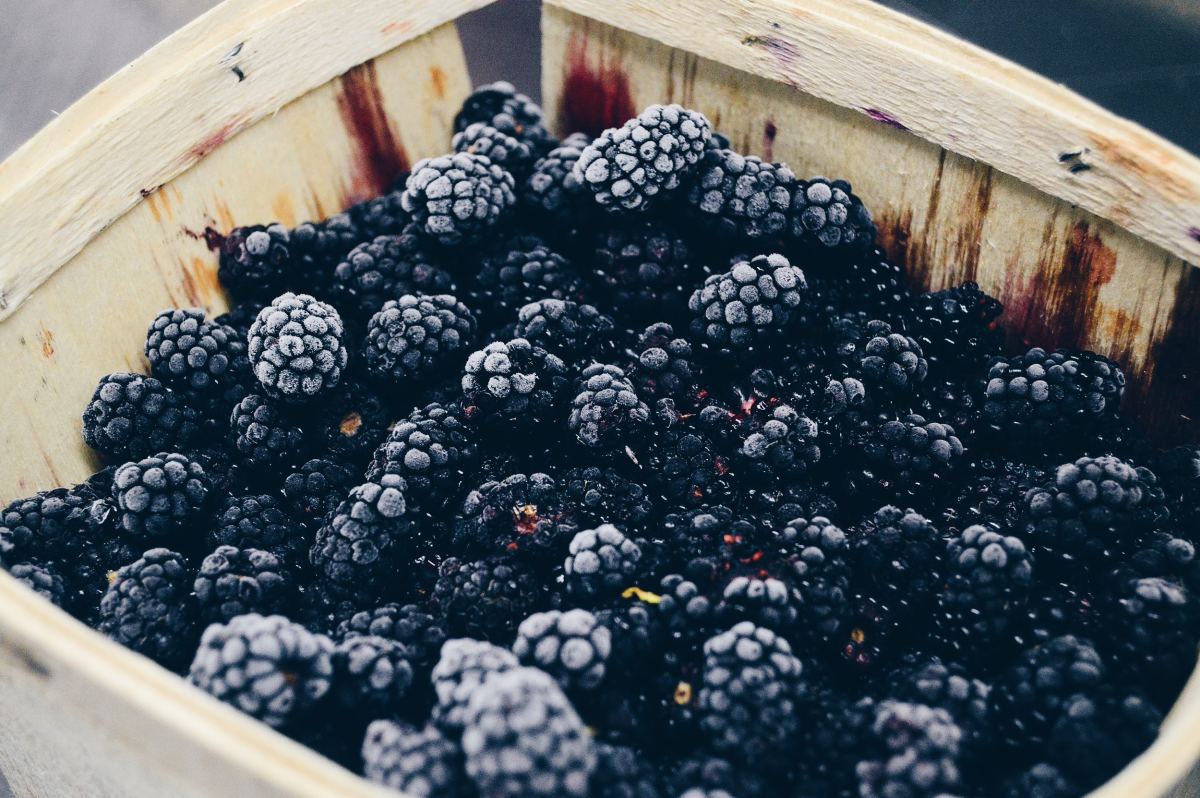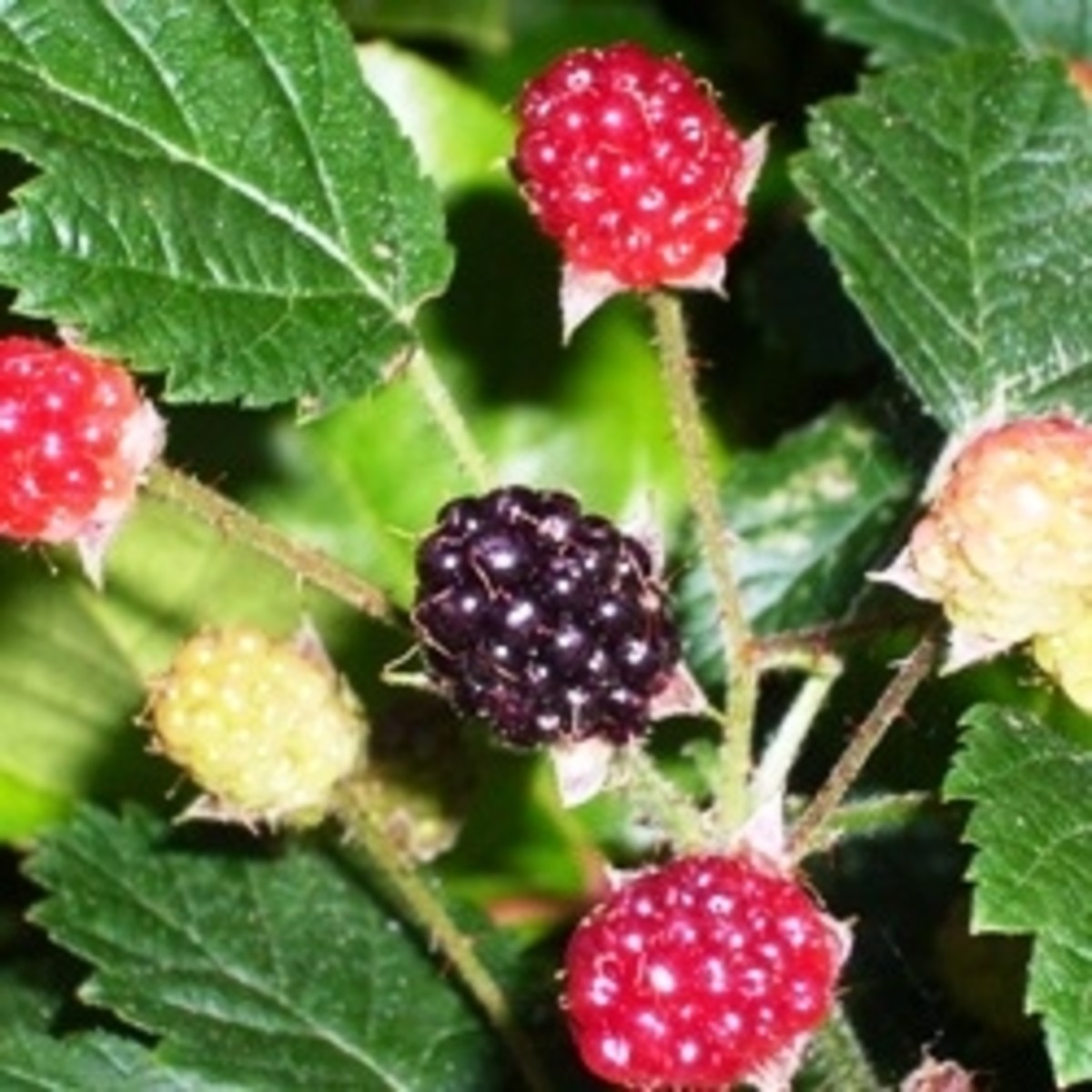Apples to Apples: Types of Apples
comparing apples to apples
It’s almost time for apples! Hubby and I like to go to North Georgia in the fall, and while we’re there, we always buy some fresh apples from the mountain orchards. These are just about the best apples I’ve ever eaten. I’m not sure if it’s the soil, the climate, or the fact that the apples are so fresh that makes them so tasty. Whatever the reason, we enjoy munching on the apples in their raw state and in apple recipes.
Apples are really versatile. You can use them raw in fruit salads, and I like to add some diced apples to my chicken salad sometimes. Of course, apples are also delicious in applesauce, apple butter, apple pie, apple muffins, apple turnovers, apple cake, apple dumplings, apple crisp, fried apples, apple fritters, and apple brown betty. Baked apples, caramel apples, and candied apples are a big part of autumn at our house.
There are many different types of apples. Some are better eaten fresh, and some lend themselves more for baking. Some apple varieties are dual-purpose, meaning they can be cooked successfully or eaten raw. Below, I’ll discuss a couple of my favorites, along with the most popular types of apples in the United States and the best ways to use them, with an apples to apples guide.
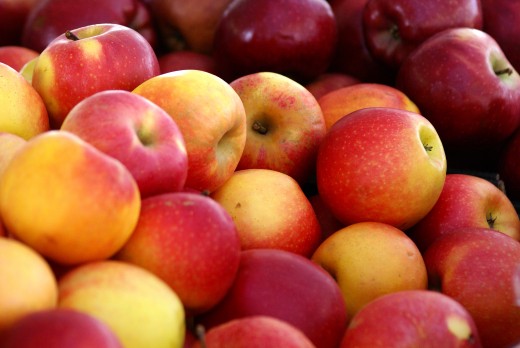
Anna Apple
The Anna is a descendent of the Golden Delicious, and it has a similar flavor. This is a fairly large apple that’s a mixture of green and red. Anna apples are crisp and juicy, so they’re good for eating fresh, but they also tend to keep their shape in the cooking process. Anna apples ripen early and are often ready to pick in July.
Arkansas Black
This is a very deep red apple with cream-colored flesh. It’s very sweet, and it’s known for its long storage capabilities. It can be used in cooked apples recipes, eaten raw, or used to make apple cider. The peel is a little tough, but the flesh is crisp, especially when fresh. This apple has an almost red wine-like flavor. Arkansas Blacks are usually ready to pick in October.
Braeburn
The Braeburn is one of world’s most preferred apples. The red and green apple has a super-crisp texture, lots of juice, and a distinct flavor that’s a good marriage of sweet and tart. They also have a delightful smell. Braeburn apples can be eaten fresh or cooked. They’re usually ready in October or November, and if stored properly, they’ll keep for about three months.
Cameo
Most likely developed from the Red Delicious, these apples are usually green with a red blush. The flesh is crisp yet tender, with a mild pear-like flavor. The Cameo smells great, too! These are the apples we ate in the Georgia mountains. Cameo apples are wonderful for making caramel apples!
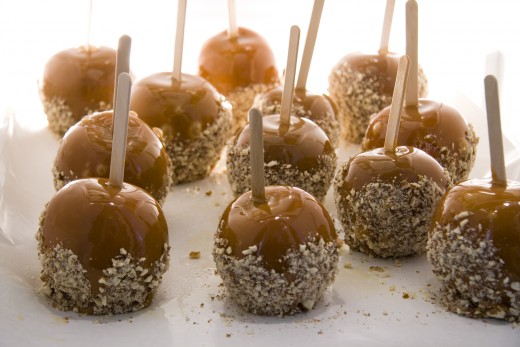
Cortland
A member of the McIntosh family, Cortland apples have a great flavor when first picked, but the flavor diminishes fairly quickly. This is a great apple for using in salads because the flesh doesn’t turn brown as quickly as you see with most other apple varieties. Cortlands are also good baked.
Empire
A dark red and green apple, the Empire has snow-white flesh that’s crisp and sweet. They have a glossy peel, and they’re juicy and tart. These apples are great for eating fresh, but they don’t cook well. Harvest is usually in October.
Fuji
A favorite apple in the United States, the Fuji comes from Japan. These apples are yellow with irregular red stripes. These sweet apples are best eaten fresh and are especially good in fruit salads. Fuji apples are usually harvested beginning in November.
Freyberg
A descendent of the Golden Delicious, the Freyberg apple is crisp and has a pear-like sweetness. These small apples are sometimes hard to find in markets, so try locating some in orchards and in farmers’ markets. Freybergs are best eaten fresh.
Gala
This is my favorite apple for eating fresh. The Gala, developed from the Golden Delicious, is small to medium in size and is a combination of yellow and red. These apples are sweet, with not too much tartness. Because these apples are grown in so many locations, they’re usually available all year.
Golden Delicious
An extremely popular apple variety, the Golden Delicious ranges in color from pale green to rich gold. When eaten soon after harvest, these apples are incredibly sweet. They also keep for a long time, but the flavor tends to fade after long storage. Golden Delicious apples are versatile and can be eaten fresh or used in cooked apple recipes.
Goldrush
A descendent of the Golden Delicious, Goldrush apples have flesh that’s firm and crisp, with a great mixture of sweet and tart. These apples are versatile, too. They can be eaten fresh, pressed for cider and juice, or cooked into a wide variety of apple recipes. Goldrush apples are usually ready to pick in November.
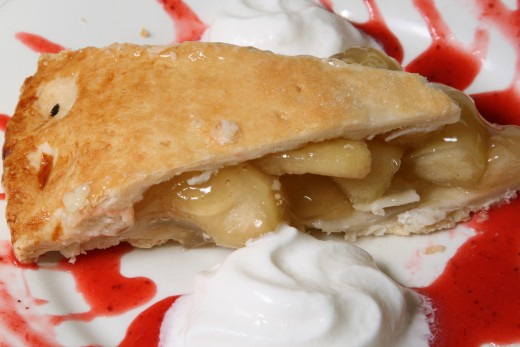
Granny Smith
The Granny Smith is a beautiful green apple that has a wonderful tart, sweet flavor and hard skin. This is my favorite apple for baking pies, apple crisp, and apple cobbler. Granny Smith apples also make wonderful caramel apples and candied apples.
Honeycrisp
Honeycrisp apples are yellow with a red blush. They’re crisp and sweet and will keep for months when stored properly. Great for snacking, these apples don’t cook well. Honeycrisp apples are ready to pick in September in most locales.
Idared
A cross between the Wagener and the Jonathan, Idared apples have a mild flavor and will keep for several months in your refrigerator. They can be eaten raw or cooked and are especially good for making applesauce. The Idareds are harvested in mid-autumn.
Jazz
A child of the Braeburn, the Jazz is becoming very popular in the United States and in other parts of the world. It’s a great combination of sweet and sour, with crisp, juicy flesh. These firm apples are great for eating raw. Start looking for these apples to appear in markets in November.
Jonathan
The Jonathan apple was developed in the 1800s, either in Ohio or New York. It’s remained very popular over the years. Jonathan apples have a sharp taste and can be eaten raw or used in cooked apple recipes. The Jonathan has been used to create several other types of apples, including the Jonagold, the Jonagrimes, the Melrose, the Idared, and the Rubinstar.
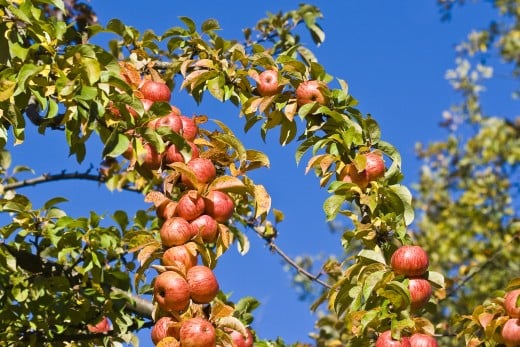
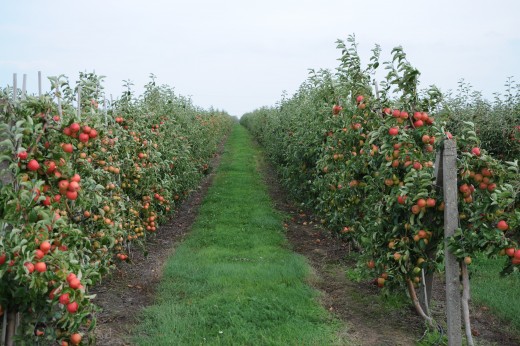
McIntosh
The McIntosh is practically synonymous with New England apples. It has snowy flesh that’s tender, crisp, sweet, and tart. McIntosh apples might be dark red in color, or they can be red streaked with yellow or pale green. These apples can be used for cooking or can be eaten raw. They’re great for applesauce, and if you make the sauce with unpeeled McIntosh apples, you’ll get a lovely pink sauce. McIntosh apples are also a good choice for candied apples.
Northern Spy
The Northern Spy is a versatile apple that can be eaten raw, juiced, and cooked. It has a red and pale green skin and a nice aroma. These apples make great pies. Northern Spy apples mature in late October and will keep for months.
Red Delicious
The Red Delicious is a beautiful bright red apple that’s the result of many different cultivars. These apples are sweet, but they have very little tartness. Also, the flesh can sometimes have a “mealy” texture. Red Delicious apples don’t do well with cooking.
Rhode Island Greening
This is a very old American apple that was first grown in Rhode Island. It’s similar to the Granny Smith in flavor, with crisp, tart flesh. These large yellow-green apples are usually ready to pick in late September. The extra-firm flesh makes them great for cooking in just about all apple recipes.
Rome
This round red apple has thick, glossy skin and matures in late September or early October. Also known as “Rome Beauty,” Rome apples originated in Ohio and are best used for cooking, as the process tends to release the flavor of the apples. These apples store well.
Spartan
The Spartan apple is a descendent of the McIntosh and has a dark red peel that sometimes includes flecks of yellow or green. These small apples have white flesh that’s sweet, juicy, and crisp. Spartans are good for eating raw, and they make a sweet juice. Spartan apples aren’t recommended for baking or cooking.
Stayman
Developed in Kansas in 1866, Stayman apples appeared on the market some thirty years later. It has a red peel and pale yellow flesh that’s crisp, firm, and juicy. Stayman apples have an almost spicy flavor, and they’re popular in pies, apple cider, and apple juice. They also make tasty snacks when eaten fresh. Stayman apples ripen in the fall.
Winesap
Winesap apples originated in the 1700s, probably in New Jersey. These apples are on the smallish side and have tart flesh. They can vary in color, ranging from solid red to yellow with a red blush. These apples are very juicy, with extra-firm white or pale yellow flesh. They pair great with sharp cheeses and make excellent juice and cider. Some cooks like to use Winesaps for baking, while others consider the apples too juicy for cooking.
Watch the Videos!
By watching the videos below, you can learn how to pick apples, how to make apple juice, how to make apple butter, and how to make applesauce.


